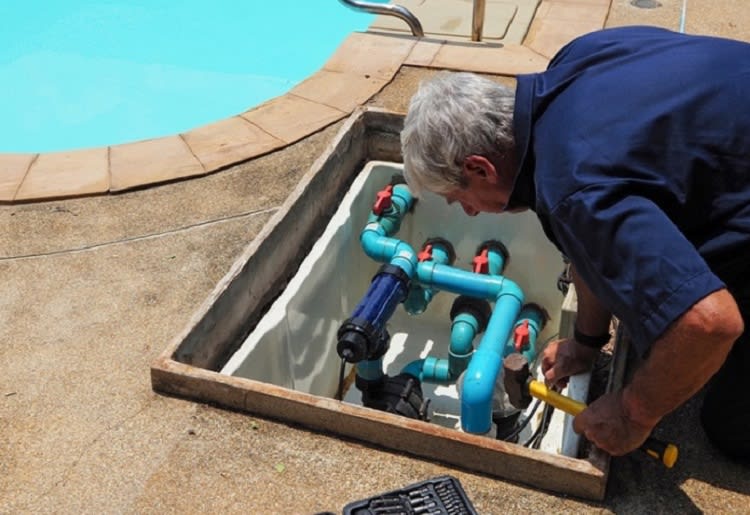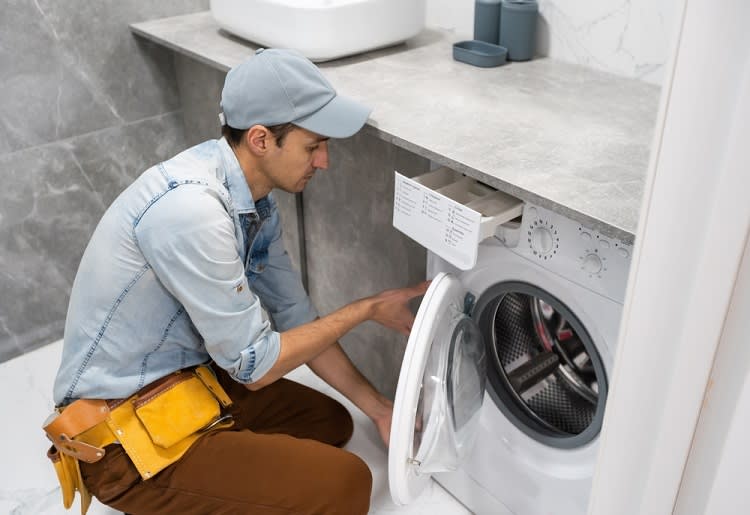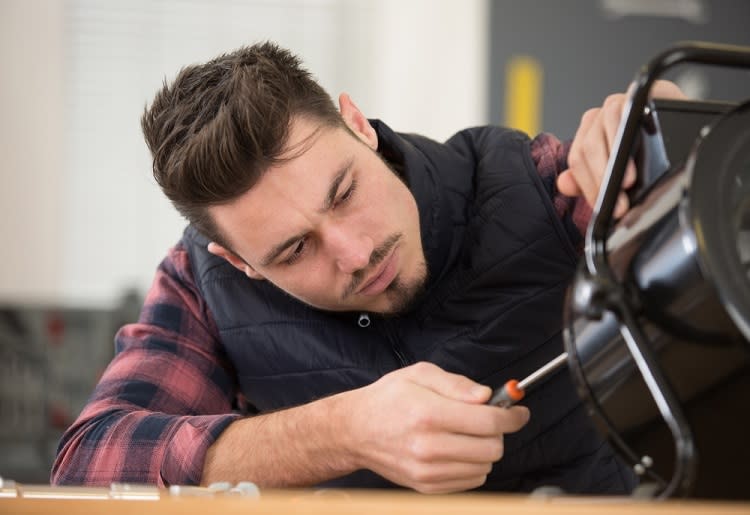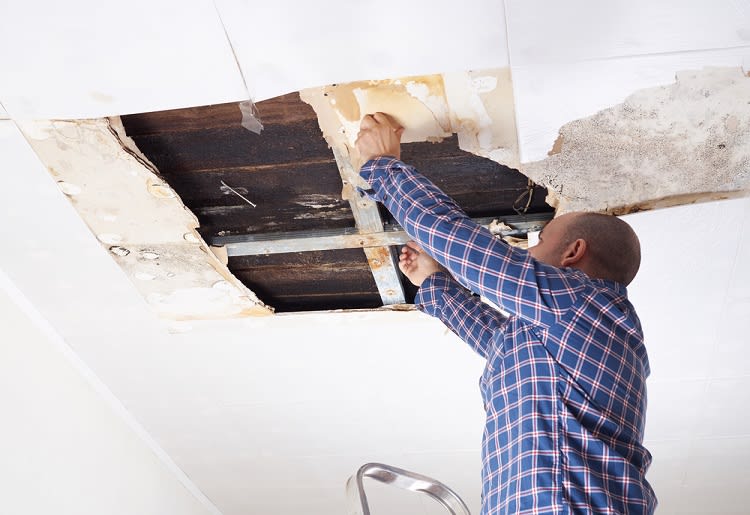Similar to warranties for new purchases such as cars, electronic equipment, and appliances, a home warranty covers the cost of repairing or replacing household items for a set time. It differs from homeowners insurance, which mitigates losses incurred from fire, flooding, or other natural disasters.
A home warranty is strongly recommended, especially if you're buying an older home in which the state of equipment is unknown. It's also critical that you know which systems and types of service might be excluded from coverage.
1. Cosmetic Damage
A home warranty does not cover cosmetic damage such as scratches or chipped paint. In other words, any damage caused by the normal wear and tear of everyday life is the homeowner's responsibility and not that of their home warranty company. This includes damage caused by pets and children.
2. Damage From Pests
Just as a home warranty would not cover damage caused by your family pet, it would not extend to any repair or replacement resulting from a pest infestation (e.g., rodents, termites, or ants).
3. Swimming Pools and Hot Tubs
Pools and hot tubs are typically not included in standard home warranties. However, some companies offer extended coverage for these features at an additional cost.

4. Sprinkler and Septic Systems
Among the more expensive household repairs are those affecting water-related systems like sprinklers or septic systems. While they might be covered by a manufacturer, installer, or extended warranties, they are usually excluded from standard home warranties.
5. Installation of New Equipment
Occasionally, replacing a household appliance may necessitate structural changes due to new building codes or a model of a different size.
For example, if an older water heater in your home breaks down, a more energy-efficient model may have larger dimensions or require changes to water pipe connections. In this event, a home warranty might cover the cost of the new water heater but not the alterations or equipment associated with its installation.
Similarly, the replacement of an air conditioner would be covered but not any necessary changes to the electrical supply.
6. Home Systems and Appliances That Are Already Broken
A home warranty typically won't cover damage that occurred before the warranty's effective date. However, some real-estate transactions may include a provision that would protect you if the broken equipment couldn't be reasonably observed by running the system or if the property's previous owner didn't properly disclose it.

7. HVAC Systems - for the Most Part
In most homes, maintaining an HVAC system (heating, ventilation, and air conditioning) can be quite expensive. Despite 87% of homes in the US having one, most home warranties do not cover the repair or replacement of HVAC systems. While many home warranties will cover a stand-alone air conditioning unit, most will not pay for repairs if air conditioning is part of the home's central HVAC system.
If you want to make sure your HVAC system is taken care of, contact a home warranty company that offers a good HVAC coverage plan, such as Select Home Warranty and Liberty Home Guard.
8. Secondary Damage Caused by Malfunctioning Equipment
Imagine your second-floor toilet overflows because of a clog or leak, causing flooding that damages the floor or the ceiling below. Your home warranty would cover the replacement or repair of the toilet, but your home insurance would cover secondary damage to your bathroom floor or first-floor ceiling.
The same would be true for a malfunctioning oven that causes a fire. The primary damage to the stove would be covered by your home warranty, while the secondary damage caused by the fire would be the responsibility of your home insurance policy.
9. Improper Installation, Misuse, or Neglect
Even professionals can make mistakes when installing new equipment or appliances. A home warranty generally will not cover any damage caused by improper installation. However, most reputable retail stores and service companies must be licensed and insured, meaning you would likely have recourse in these cases.
On the subject of mistakes, a home warranty assumes responsible use and maintenance of systems and appliances by the warranty holder. For example, if you allow excess grease to build up in your convection oven, a home warranty would generally not pay for damage caused by a resulting fire.

10. Items Covered by a Manufacturer's Warranty
Typically, home warranty companies don't allow you to cover something twice. This means that otherwise eligible equipment or appliances that are still under a manufacturer's warranty are not subject to coverage by a home warranty. You'll have better luck once the manufacturer's warranty expires.
Getting a Home Warranty Is Still a Good Idea
One distinction between homeowners insurance and a home warranty is that while insurance is usually required to secure and maintain a mortgage, a home warranty is optional. Another is that insurance covers your home's physical structure and your personal belongings, whereas a home warranty applies only to its systems and appliances, with some notable exceptions.
Still, getting a home warranty is a good idea. It can provide valuable protection against unanticipated, potentially significant expenses. Careful consideration of your budget and research into the coverage offered by individual companies can help you decide if a home warranty meets your needs.

